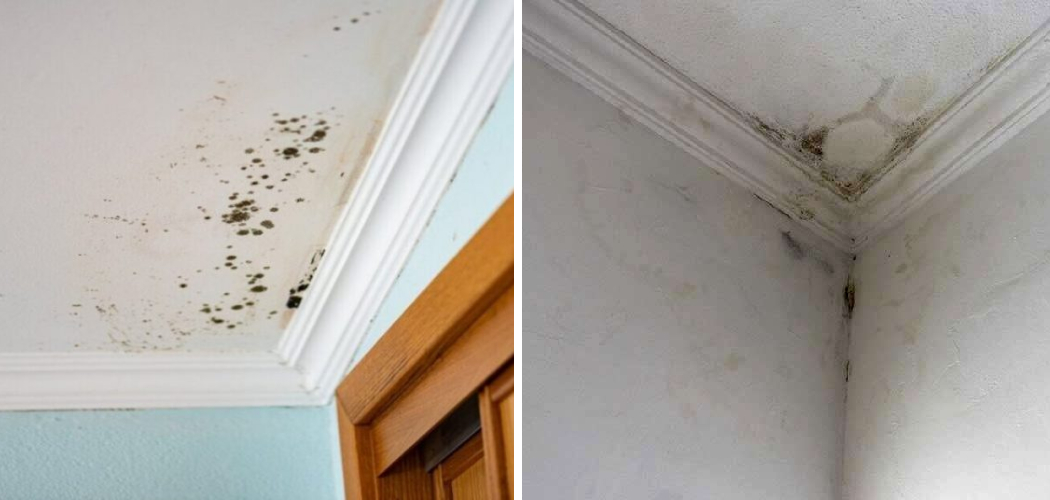Do you ever wake up to a ceiling covered in condensation and damp patches? Many homes have this problem, especially during winter months when humidity is high. If condensation on your ceiling is more than just an inconvenience, look no further!
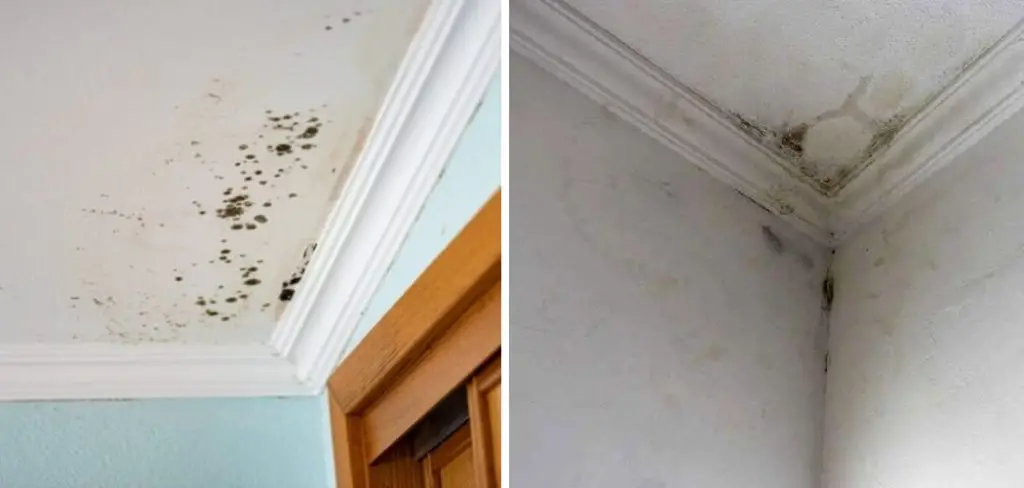
If you’ve ever looked up at your ceiling to find condensation and water droplets, you know firsthand how frustrating it can be. Not only does this dampness look unpleasant, but it can cause structural damage over time if left untreated.
If your ceiling is currently plagued with condensation buildup, don’t despair! You can take steps to quickly reduce the moisture without needing an expensive roof repair or replacement.
In this post, we will provide actionable advice on how to identify the source of condensation in a room and explain how to stop condensation on ceiling. Let’s get started!
What are the Source Causes of Condensation on the Ceiling?
Before we jump into how to stop condensation on the ceiling, it’s important to identify what is causing it. Common causes of condensation on ceilings include:
1. Poor Ventilation in Your Home: If your home has poor ventilation, warm air can quickly become trapped inside a space. This warm air then interacts with the cold surfaces of the ceiling, causing condensation to form on it.
2. High Humidity Levels in a Room: If your home has high humidity levels, water droplets will be more likely to form and stick around on your ceiling even after improved ventilation.
3. Leaking Pipes or Roofing Materials: If your pipes are leaking or your roof is damaged, this can ultimately cause moisture buildup in your living space, leading to unsightly condensation on the ceiling.
4. Poor Insulation: Insulation plays an important role in keeping warm air from seeping into colder areas of your home, such as ceilings, where condensation can form easily. Poor insulation will only make matters worse.
Now that you know the most common sources of ceiling condensation, let’s take a look at how to stop it!
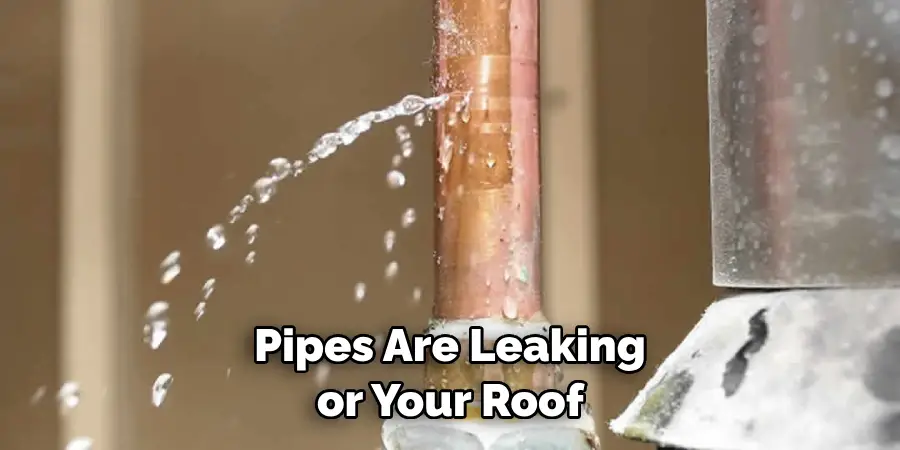
What Will You Need?
To stop condensation on the ceiling, you’ll need the following:
- A Dehumidifier: A dehumidifier will help reduce the humidity in your home and prevent moisture from settling on surfaces like ceilings.
- Fans: Using fans to circulate air can help improve ventilation in your home and reduce the chances of condensation forming.
- Insulation Materials: You may need to add insulation material to windows, doors, walls, and any other area that could be contributing to condensation buildup.
- Roof Repair Materials: If you have damaged roofing or leaking pipes, these should be repaired as soon as possible to prevent further condensation.
10 Easy Steps on How to Stop Condensation on Ceiling
There are several approaches you can take in order to reduce or completely eliminate condensation from your ceilings. Here are some tips that will help:
Step 1. Improve Ventilation in Your Home:
Make sure windows are open, and fans and vents are functional. Air should be able to circulate throughout the room freely. If there is inadequate ventilation, you’ll likely experience condensation buildup.
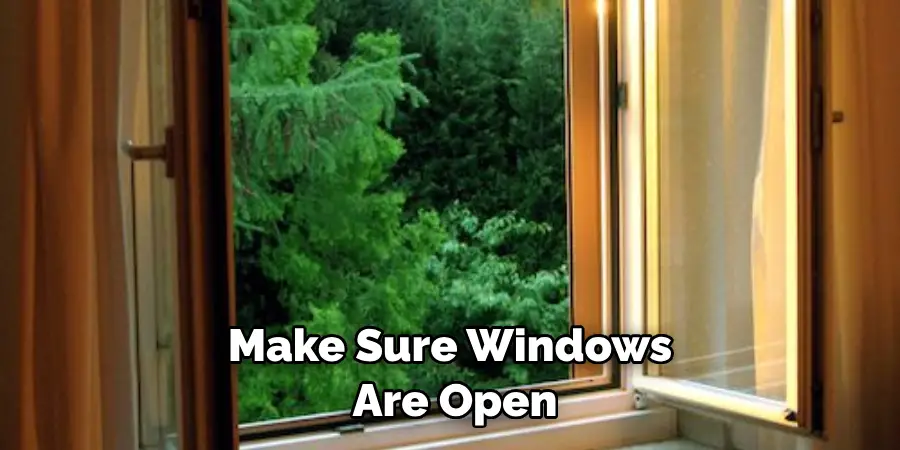
Step 2. Install a Dehumidifier:
A dehumidifier will help reduce the humidity in your home and prevent moisture from settling on surfaces like ceilings. You may need to adjust the settings periodically depending on how much humidity is present in the room. This is one of the quickest and most effective ways to stop condensation from forming on your ceiling.
Step 3. Use Fans to Circulate Air:
Using fans can help improve ventilation and reduce condensation build-up by helping warm air move away from colder surfaces such as your ceiling. It will also help reduce the humidity levels in your home. Additionally, make sure to keep any ceiling fans running around the clock.
Step 4. Insulate Your Home:
Adding insulation material to windows, doors, walls, and any other area that could be contributing to condensation buildup can help reduce condensation on the ceiling. If you have poor insulation, it will only make matters worse. Investing in good insulation materials is wise if you have a condensation problem.
Step 5. Repair Damaged Roofing and Pipes:
If there are any leaking pipes or damaged roofing materials that could be causing moisture buildup, then you should have these areas repaired as soon as possible. Additionally, make sure to check for any other areas where condensation could be forming, such as around windows and doors.
Step 6. Install a Humidistat:
Humidistats are devices that measure and regulate the humidity in your home. Installing one of these can help alert you when humidity levels are too high, so you can take action before condensation builds up on your ceiling. Don’t forget to check and adjust the settings regularly.
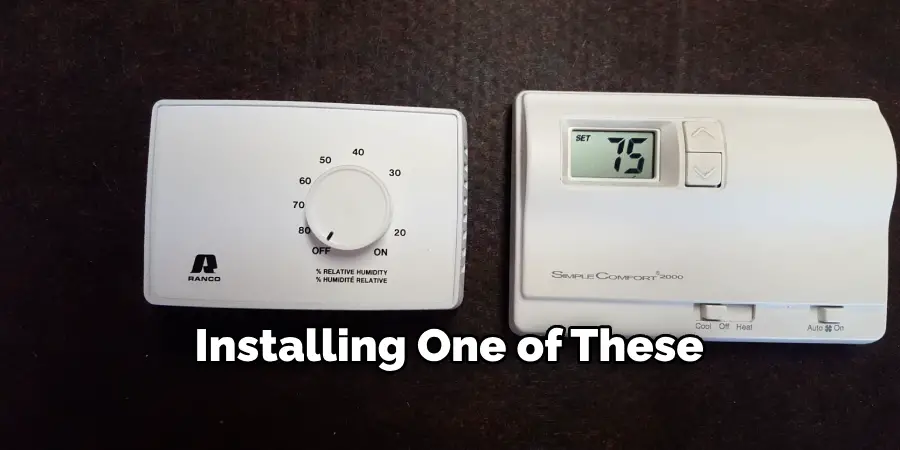
Step 7. Reduce Moisture-Producing Appliances:
Reducing the usage of appliances such as dishwashers and clothes dryers will also help reduce the amount of moisture in your home and lessen the chances of condensation on your ceiling. This is especially true if you live in a humid climate.
Step 8. Check Your Windows:
If you have single-pane or double-glazed windows, check to see if they are properly sealed. This will help prevent cold air from entering your home and causing condensation on your ceiling. Test the seals regularly to ensure they are working correctly.
Step 9. Seal Any Cracks or Gaps:
Check around the edges and corners of rooms for cracks or gaps where warm air may enter from outside. Sealing these areas can help stop condensation from forming on your ceilings. You can use caulk, expanding foam, or other materials to do this.
Step 10. Use a Dehumidifier Box:
A dehumidifying box can be hung directly on your ceiling to absorb moisture from the air. This may be a quick and easy solution to help reduce condensation on your ceilings. Just make sure to check and refill the box regularly.
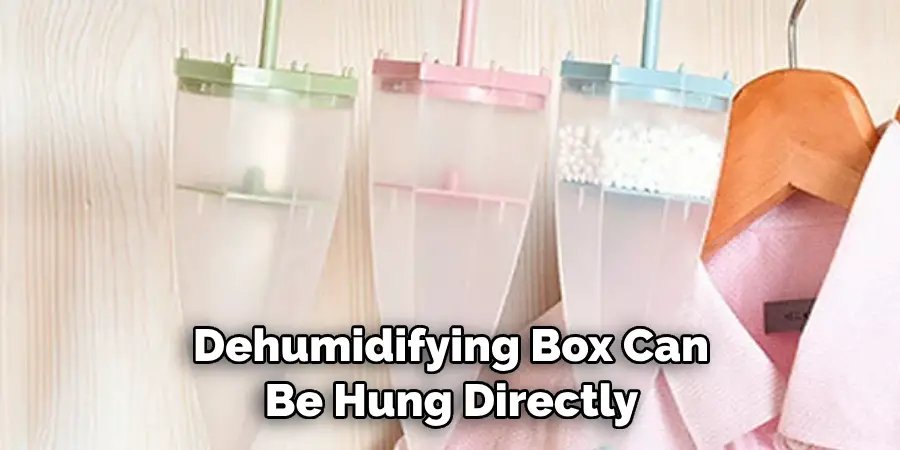
Following these steps should help you stop condensation on the ceiling quickly and effectively. However, if the problem persists, it’s best to contact a professional who can inspect your home for any underlying issues that may need attention.
5 Additional Tips and Tricks
1. Make sure to keep the home well ventilated by cracking open windows or vents. This helps reduce condensation on ceilings as warm air will be replaced with cooler air.
2. If you have an attic or other spaces with high ceilings, install moisture-resistant insulation to help prevent condensation.
3. Replace old windows with double-glazed varieties as they are more efficient at keeping warm and cool air out. This helps to maintain a balanced temperature that stops condensation from forming.
4. Close curtains at night to reduce the warm air that escapes the house.
5. Check for any leaks or cracks in your roof that could allow dampness into the attic space, where it can accumulate and form condensation on the ceiling. Seal any visible cracks or leaks to keep moisture out.
By following these tips and tricks, you can help stop condensation from forming on ceilings in your home. With some effort and maintenance, you can enjoy a warm and dry interior for years to come!
5 Things You Should Avoid
1. Avoid turning up the heat too high. This can cause large temperature fluctuations, leading to condensation forming on ceilings and walls.
2. Don’t leave windows or vents open during cold weather; this will allow moist air from outside, which can form condensation on the ceiling.
3. Avoid using non-vented kerosene or propane heaters, as they can create a lot of moisture in the air.
4. Don’t hang clothing up to dry inside the home, as this will add extra moisture to the air.
5. Avoid using humidifiers as they can increase room humidity, leading to condensation on ceilings and walls.
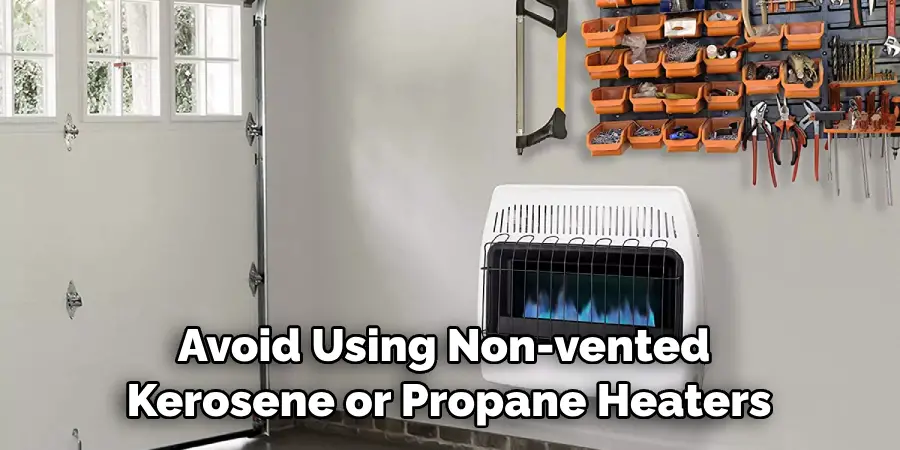
By avoiding these common mistakes, you can ensure that condensation does not form on your ceiling and keep your home comfortable and free from dampness. Taking simple steps like these will help protect the structure of your home for many years to come!
Does Salt Stop Condensation?
Salt can be used to stop condensation from forming on walls and ceilings, but it is not a permanent solution. Salt can be sprinkled onto surfaces in order to absorb moisture that causes condensation.
However, salt will need to be reapplied periodically as it will eventually dissolve and evaporate over time. Additionally, salt should never be applied directly to painted surfaces or wood finishes as this could damage them.
In conclusion, salt can help reduce the amount of condensation that forms on walls and ceilings, but it is only a temporary solution. For a more permanent fix, you should look into other methods, such as proper ventilation and insulation, that can prevent the formation of condensation in your home. Also, remember not to apply salt directly to painted surfaces or wood finishes, as this could cause damage.
By following these tips, you can stop condensation from forming on ceilings in your home and enjoy a comfortable and dry interior all year round!
Is Heat Good for Condensation?
Heat can help reduce the amount of condensation that forms on walls and ceilings, but it is not a permanent solution. By increasing the temperature in a room or house, you can reduce the relative humidity, which will help prevent condensation from forming. However, the heat must be
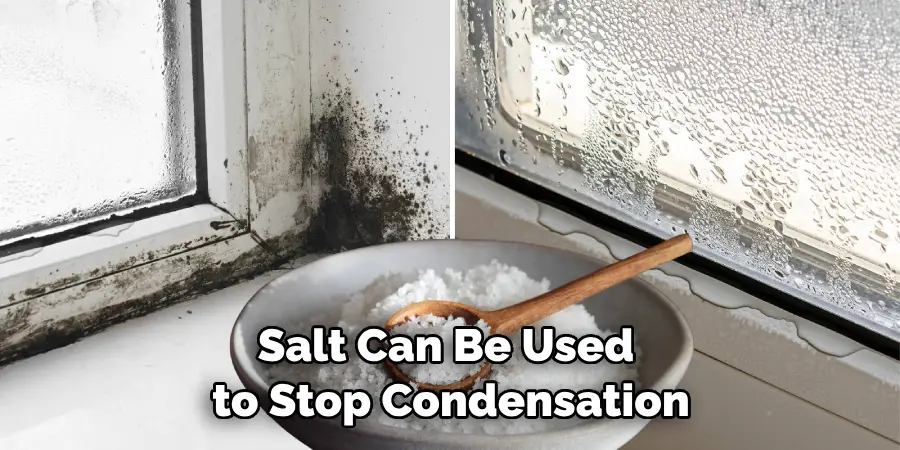
accompanied by proper ventilation in order to maintain an even temperature without creating too much dampness in the air.
In conclusion, heat can be used as an effective way to stop condensation from forming on walls and ceilings. However, it should be combined with improved ventilation for optimal results.
Additionally, remember to avoid turning up the heat too high, as this could cause large temperature fluctuations that lead to more condensation forming in your home. With some effort and maintenance, you can keep your home warm and dry all year round.
By following these tips and tricks, you can help stop condensation from forming on ceilings in your home. With some effort and maintenance, you will be able to enjoy a warm and dry interior for years to come!
Is Condensation Bad for Your Health?
Condensation can be bad for your health as it increases the humidity levels in a room or house, making respiratory conditions worse. Additionally, condensation on walls and ceilings provides the ideal environment for mold to form, which could also cause serious health problems such as asthma and allergies.
In conclusion, condensation can have serious implications for your health, so it is important to take measures to stop it from forming in the first place. Make sure to keep the home well ventilated by cracking open windows or vents and replace old windows with double-glazed varieties if necessary.
Additionally, check for any leaks or cracks in your roof that could be allowing dampness into the attic space and seal them up. With some effort and maintenance, you can enjoy a warm and dry interior free from condensation!
Overall, condensation on ceilings can be damaging and bad for your health, so it is important to take measures to stop it from forming in the first place.
Conclusion
In conclusion, condensation on the ceiling can be an annoying and unsightly problem. Fortunately, with some work and dedication to proper humidity management in the home, this issue can successfully be remedied.
All that is required is finding the cause of the problem, fixing any underlying issues, such as ventilation problems and water blockages, and then installing ventilation systems and other moisture controlling solutions.
Taking these steps will help combat condensation in the future while keeping your home environment at a healthy and balanced humidity level.
Don’t forget to inspect recesses around windows or failed sealant joints if you suspect they might also be contributing factors. Once you complete all of these steps, you’ll enjoy a nice dry ceiling for years to come!
Hopefully, the article on how to stop condensation on ceiling has been helpful in understanding the issue and how to tackle it. Thanks for reading!
